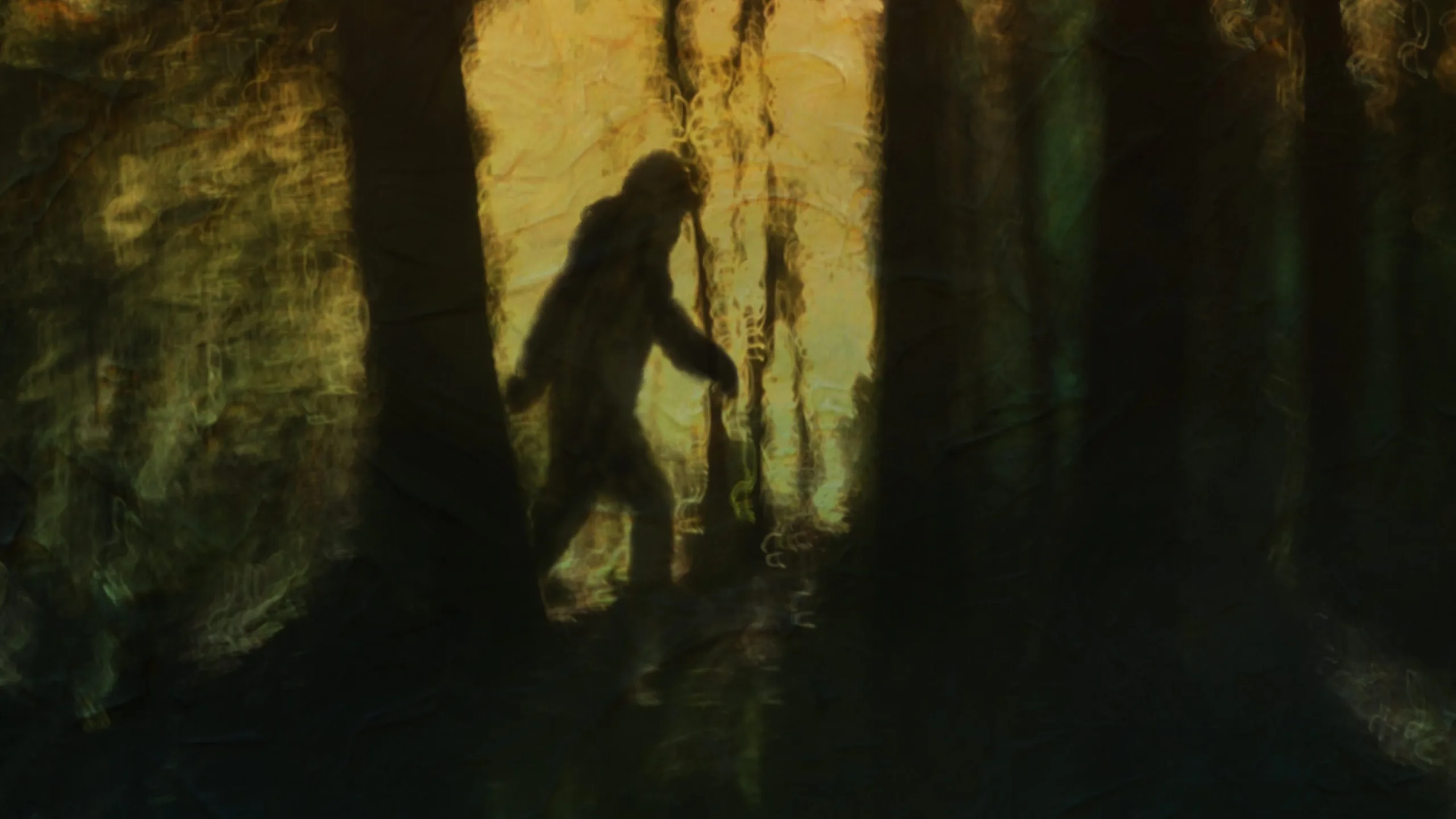Ports are pleasant places. The sea crashes against the bay rocks, and the seagulls swim in the velvet blue sky. At its inception, Port Chatham was a haven. Lying tranquil in the frontier of the Kenai Peninsula. Carefree wildlife prancing through the abundant flourish of green that carpets the vast region. People loved frolicking in its mountains and its cozy small towns. Portlock is a tiny town near Port Chatham Bay in Alaska. The flourishing port attracted the eyes of an American company that brought in more business with the onset of the fishing boats.
Built-in 1786 as a cannery town for canning salmon by the British Royal Navy, people from Russia, began flocking in for the trades the little town had to offer. Fishing, lumbering, mining, the usual. People ate well and labored hard ashore on the sultry sands of the bay. The native Alutiiq mingled well with their foreign counterparts. Their little industries thrived, and the city took on the namesake of the British Ship Captain Nathaniel Portlock. What was once called Port Chatham was now renamed, Portlock.
No one had any qualms living there. People sold and bought and lived well into their old age. In 1921 an American Post Office was established at the lagoon, and over a century of peace later, a mutilated dead body washed up on the shore of Portlock. Everyone was taken aback at the sight their beheld. Soon trees were being rooted from the ground and left for the men to see. The sudden haunting of their beloved town was not taken well by the residents. One by one, they started meeting suspicious fates till the prosperous town of Port Chatham Bay became the ghost town of Portlock.
Also Read: The Car Curse Of James Dean – Coincidence or Not?
The Dead And The Decaying
People started dropping dead after the erection of the Post Office at the sandy bay. It started with a man named Andrew Kamluck. In 1931 the young Kamluck went logging in the nearby woods and would not come back. Being a small, tight-knit community, the people of Portlock went probing for the man. He was found but not as alive as they wanted him to be. Kamluck was dead from a blow to his head which seemed to have been made by the lumbering equipment that was near him in the grass, covered in his blood. The incident was brushed off as being unfortunate, and the people returned to their mundane lives. Until, after some time, a gold miner headed for his daily chore did not return home, as recalled by one of the elders of Port Graham, Simeon Kvasnikoff.

Slowly people were getting suspicious and cautious. They were returning home earlier and bolting their doors shut at night with an unknown fear creeping inside their hearts. A few months later, a man who was busy chopping wood to trap fish saw from the corner of his eye a massive hairy being standing on the shore. Tom Larsen—the man—rushed back home and returned with his loaded rifle. He took a long look at the creature and aimed, but his finger would not budge. as the creature stared at him from the distance, monstrous and dark, he stared back, never to know why he did not shoot that fateful day.
An interview of a former schoolteacher in Port Chatham was done by an Anchorage newspaper. She spoke of workers during World War II who would traverse the mountains to hunt bears and Dall sheep. But the men who went up the mountains never came down. Residents searched, but they were not found. Until what seemed to be one of them washed up on the shore. Mutilated, torn, and maimed in a way that no bear could do. Legends of the creature involve stories of hunters who went hunting for a moose, not knowing the creature was hunting it too. They came across several foot-like prints in the matted grass until they came upon a scene of struggle between the moose and the creature, signified by the tangled leaves and plants on the ground, and onwards were only one file of impressions, that of the creature. In 1968, a goat-hunter professed to be chased through the woods by the creature, and five years later, a trio of hunters that took shelter from the storm swore they heard the creature circling their tent on twos.
Also Read: House Of Hammer Release Date: Armie Hammer Secrets Revealed
The Evil Spirit That Walks On Two Legs
The most exploited resource that claims the dwelling of a yeti-like creature amongst the mountains comes from an excerpt in the 1978 book “Sasquatch: The Apes Among Us” by author John Green that he sourced from a 1973 article of the Anchorage Daily News. The excerpt propagates that the people abandoned the town in 1949 solely due to the attacks orchestrated by the Bigfoot. The other information is more physical and is given by residents of Port Graham who had fled there since allegedly their family could no longer put up with attacks of the two-legged creature. One elderly woman named Malania Helen Kehl, who was born in Port Chatham in 1934, poured her plea to the Homer Tribune for their 2009 October edition, stating in detail the names of the men who were attacked by this creature. She added that her father could no longer put up with the chaos the creature was causing in the port town and moved for good because of Nantinaaq.

Nantinaaq: The Demon That Steals People
Nantinaaq is the localization of the Dena’ina word Nant’ina—those who steal people—by the native Alutiiq in the Chugach dialect of the Kenai Peninsula. The creature is often likened to its European counterpart, the Bigfoot. Said by the Natives to possess twelve fingers and six toes, the rumors of Port Chatham gave birth to the strange creature. The name “Nantinaaq” is used specifically for this Alaskan terror and no other. In the native mythology, Nant’ina kidnaps children to raise them as its own in the wilderness of Canada, much calmer than the Portlock creature that appears to be prowling for blood. A reality series was covered by Discovery+ called Alaskan Killer Bigfoot, which premiered on the 7th of December 2021, based on the creature that lurks in the damp groves of Port Chatham.
But Does The Creature Exist?
To understand the true nature of the mystery, the newspapers submitted by Alaska’s Digital Newspaper Program to the Library of Congress were unearthed. There was something spectacular about the nature of the news covered between the 1700s to 1963. Only a single death and a single crime was reported throughout the three centuries. The rest was of Portlock’s fishing industry and some scattered mentions of its lumbering and mining. The death pertained to a man in 1920 who died in an accident, and the crime was committed by their postmaster, Mr. George W. Henk, who had a gallon of illegal liquor in his safekeeping.
It was ill-fated of the man and very bad of the postmaster but hardly the stuff of the legend. But one rather exciting account of the lore comes from a 70-year-old Alutiiq Native who, while being treated for his heart attack in the Eagle River jail, sprung up and grabbed the collar of the operating medic. After the incident, when asked what had happened, the doctor revealed that he mentioned to the patient while making conversation that he once hunted in the woods of Port Chatham, to which the patient had asked him with wild eyes a question—”Did it bother you? Did you see it?”
Also Read: AATIP UFO Details From Pentagon: Do Aliens Exist?




